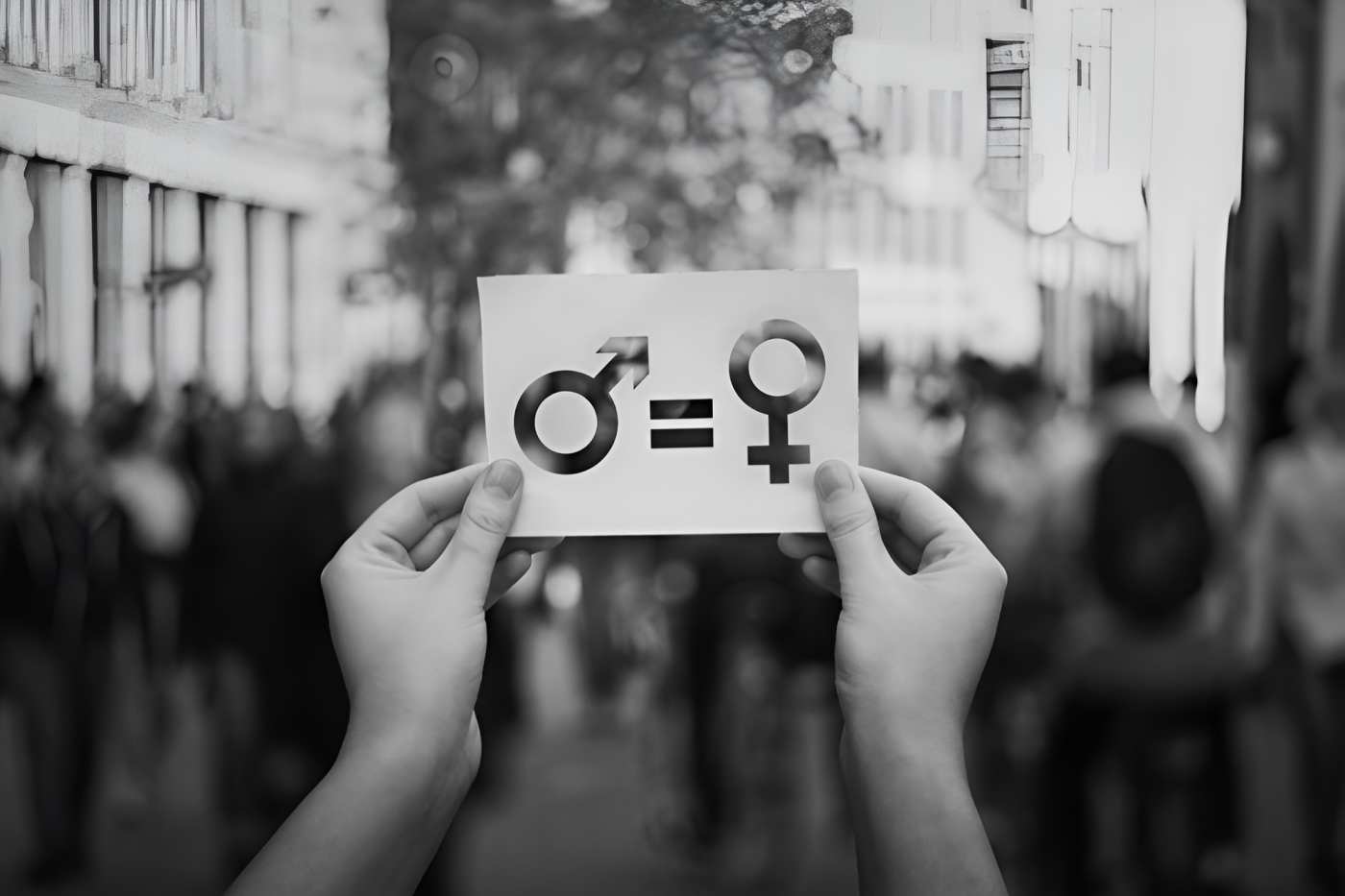Kenya has recorded more boys than girls for the tenth year in a row, with new data showing a wider gap in the gender ratio at birth in 2024.
The Kenya Economic Survey 2025, released by the Kenya National Bureau of Statistics (KNBS) reveals that 570,807 boys were born compared to 539,706 girls.
This gives a sex ratio of 106 males for every 100 females, the highest in more than ten years.
The total number of registered births in the country dropped to 1.11 million in 2024, down from 1.19 million the year before.
This marks the lowest birth count in five years.
Nine intersex births were officially recorded for the first time, and 41 births had no stated sex.
Experts say the steady increase in male births may affect future relationships and social structures. "If this trend continues, we may see more eligible men than women, which could disadvantage men who are not economically well-off," said sociologist Dr Roselyter Riang’a.
She also noted that changes could be seen in how families are formed.
"We may begin to see younger men forming unions with older women, often single mothers who seek companionship and social identity through marriage," said Roselyster.
While boys often outnumber girls at birth worldwide, women tend to live longer and form the majority in older age. A 2022 study by Pew Research Centre noted, "In 2021, women comprised 56 per cent of the global population aged 65 and above. Their share is projected to be 54% by 2050."
The report also provides details on the mothers. Women aged 20 to 24 continued to account for the largest number of births at 30.4% in 2024.
Most births happened in marriage, with only about one in ten children born to single mothers.
"Divorced and widowed women accounted for less than 1.0% each of the registered births," the survey states.
Teenage pregnancies continue to decline, pointing to some success in efforts to curb adolescent pregnancies.
"The proportion of registered births for teen mothers aged 15–19 declined from 11.8% in 2023 to 11.1% in 2024," the report indicates.
Deliveries in health facilities also dropped to 1.21 million, a 3.2% decrease from the previous year.
However, caesarean births rose slightly to 220,505, accounting for 18.2 per cent of all facility births.
Normal births and assisted deliveries, including breech births, went down, likely due to changes in medical decisions and better access to prenatal care.
The Ministry of Health says these changes are influenced by multiple social and health factors.
Experts are calling for constant review of delivery trends to make sure surgical births do not replace proper support for natural birth options.

